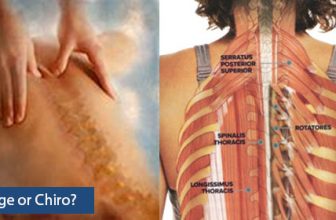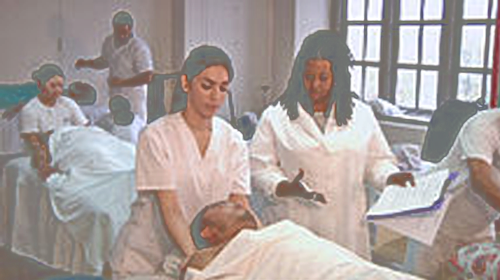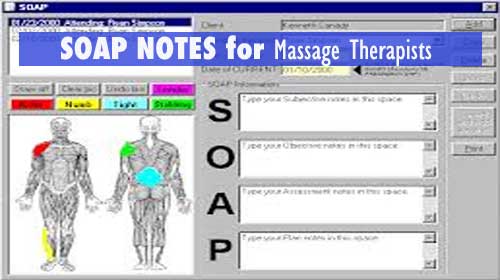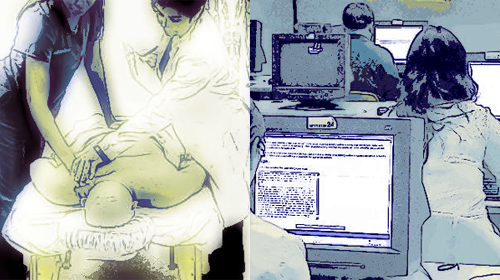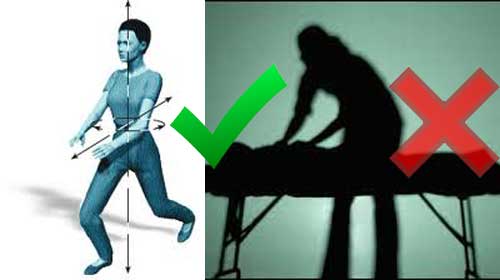
Using your body properly in the administration of massage is essential. Proper body mechanics and posture is important for massage therapists because it helps in avoiding injury, fatigue, and helps make the best use of the massage therapist’s energy.
As a massage therapist,
- the leverage of your body weight is used to provide pressure: never push – use your entire body weight from the largest muscles in the body to lean into the technique
- engage your core when administering massage
- warm up and stretch before administering massage therapy
- remember to breathe properly while administering massage
- while administering massage, the movements should be purposeful, smooth and rythmic
- you also need to stretch and strengthen everyday
- you must monitor your own body position and make adjustments while administering a massage
Reasons for Pain when administering massage therapy:
- technique is being done improperly
- improper table height
- poor body mechanics and posture
- lack of strength in muscles
Massage Therapist Self Care Tips: Posture & Body Mechanics
Table Height:
- the table must be at an appropriate height and in good working condition
- the massage therapist’s finger tips or first knuckle should brush the table when the massage therapist stands beside the table with arms straight
- a lower table is preferred to a higher table
Massage Therapist Self Care: Posture & Body Mechanics
Feet:
- the massage therapist’s feet must be placed wide enough apart to allow for a proper stance and to provide support for a proper spine alignment
- weight is shifted from foot to foot throughout the massage treatment – this is to provide balance and a swaying motion. The swaying motion allows a momentum force to aid in using your energy for the work but it should not be so exaggerated that it takes energy or distracts you and the client.
- the feet should point in the direction of travel
Massage Therapist Self Care Tips: Posture & Body Mechanics
Knees:
- knees are never hyperextended ( forced into a tightly locked position)
- knees are relaxed and not locked
Massage Therapist Self Care Tips: Posture & Body Mechanics
Back:
- back must be straight
- NO bending from the waist
- NO twisting
- NO reaching
- the massage therapist’s navel should always be directly pointing at the area being worked on. As the direction of the work changes, the therapist must reposition himself/herself.
Massage Therapist Self Care: Posture & Body Mechanics
Neck:
- neck must be kept straight
- massage is tactile not a visual skill
- DO not have forward head posture, remember to tuck your chin in
- breathe properly so that the shoulder and neck muscles do not get hypertonic
Massage Therapist Self Care: Posture & Body Mechanics
Shoulders / Wrist / Arms:
- make sure that your hands, wrists and shoulders are always relaxed. Practice Diaphragmatic Breathing- they’re not just for patients!
- Wrist Position: the angle of the wrist must be approximately 120 degrees (wrist is partially flexed – never hyperextended!) This ensures that you stay behind your work instead of above or on top of it. The most common injury for massage therapists is wrist injury.
- Arms Position: the arms should represent a 45 degree angle. A lesser angle indicates that you are reaching, a greater angle indicates that you are above or on top of your work – not behind it-as you should be.
- The palm of your hand provides the constant force; the thumb and fingers provide direction.
- The ulnar border of the hand and the forearms may be used at times
